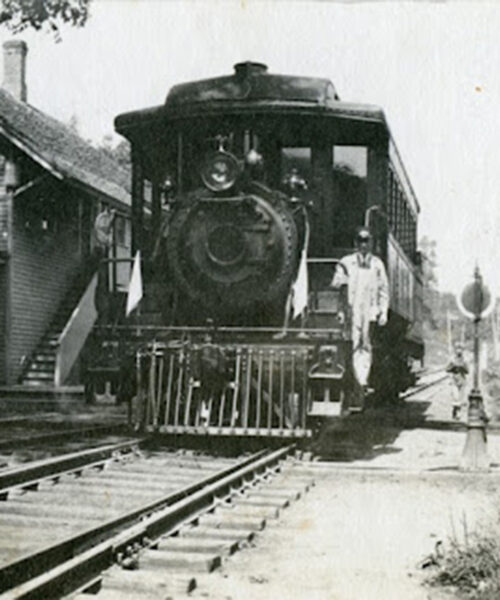August 22, 2023
By Julia McMurray
Amidst the lush greenery and tranquil landscapes of Litchfield, CT, lies a forgotten marvel of the past – the Shepaug Railroad. Chartered in 1868, the railroad was a symbol of growth, constructed to connect the rural communities of Litchfield County with the mainline at Hawleyville and beyond. With its initial objective to transport local agricultural produce, lumber, and manufactured goods to larger markets, the railroad became a lifeline for the region’s economy. Farmers found new markets for their produce, while lumber mills thrived on the ease of transporting their goods to larger urban centers. The railway also facilitated the movement of raw materials, such as limestone and iron ore as well as ice from Bantam, granite from Roxbury, and milk from nearly every station. The Shepaug Railroad was renowned for its breathtaking vistas, rolling hills, and scenic beauty. Passenger services were also offered, attracting tourists and summer visitors seeking respite from the city’s hustle and bustle. With the rise of automobiles, demand for railway services waned and the last train could be heard whistling through the hills in 1948. Today, remnants of the Shepaug Railroad’s history can still be found throughout Litchfield County, serving as a reminder of its once pivotal role in shaping the region’s landscape; tourists and locals alike can even visit the Shepaug Valley Railroad Tunnel at Steep Rock Preserve in Washington Depot.






















